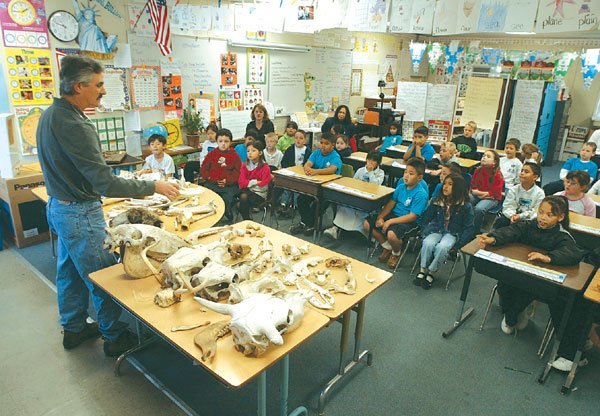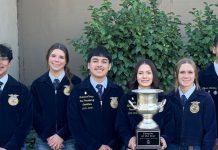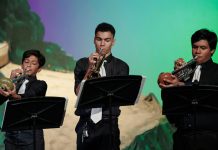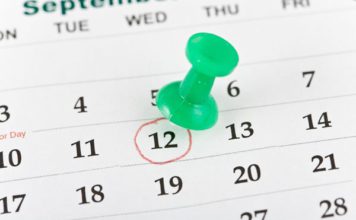Gilroy
– A group of excited second graders at Luigi Aprea Elementary
School received a
”
bone-afied
”
lesson in animal care and the study of bones this week, thanks
to a local veterinarian with an unusual collection of
artifacts.
Gilroy – A group of excited second graders at Luigi Aprea Elementary School received a “bone-afied” lesson in animal care and the study of bones this week, thanks to a local veterinarian with an unusual collection of artifacts.
Dennis Harrigan of Gilroy Veterinary Hospital showed off an extensive array of bones he has collected over 20-plus years of fishing trips and other outdoor excursions to Luigi Aprea’s impressed second grade class last week.
Among Harrigan’s collection are a moose’s hoof, the ribs of a grizzly bear, a horse’s skull and a lumbar vertebrae from a 26-foot-long whale.
The students watched, some with jaws gaped, as Harrigan explained how bone structures can help paleontologists – and even regular old second graders – determine if animals are carnivores or herbivores, as well as what kind of environments they live in.
An examination of a cow’s skull, for example, revealed that because the animal’s eyes are located at the sides of its head rather than in the front, and its teeth are flat instead of sharp, a cow must be a grazer.
The structure of a skull of a Canadian lynx, on the other hand, taught students that the animal’s centered eyes and sharp teeth indicate that it’s a predator.
Along with the lesson in bone structure, students learned how to care for common household pets with the help of Brindly, a 15-year-old, 15-pound Daschund mix that Harrigan adopted after it was hit by a car and couldn’t find a new home. When Harrigan eventually brought the dog home, his wife suggested naming it after the flattering adjectives “brindled” and “ugly.”
Harrigan asked second graders the most important things to remember when caring for a pet, and he was greeted with a chorus of all the right answers: food, water, shelter and baths.
Another key ingredient to owning a pet, Harrigan reminded the class, is love and attention. He also advised students not to feed their pets too many table scraps, especially around the holidays when food is abundant.
Izaiha Peña, 7, said the vet’s presentation helped him understand how to better care for Lady, his “miniature-sized dog,” and Baby, his “dog that looks like a bulldog.”
“Now I know more about how I should take care of them and what they need and what I should do,” Izaiha said.
Peña’s classmate, 7-year-old Braydon Reindl, said his favorite part of the presentation was seeing the grizzly bear’s femur and tibia.
“It was cool,” he said. “I liked it.”
Harrigan has given presentations for Luigi Aprea second grade teacher Georgia deMesa’s class for the past eight years, as well as given presentations to the Mexican American Community Services Agency and other local elementary schools and organizations.
Harrigan said he likes the idea that his presentations and unique collection might get a child hooked on science.
“I collect bones because I enjoy it. I hope to spark an interest in science in the students, because that’s what happened to me as a kid,” said Harrigan, who has been practicing in Gilroy for 21 years. “Plus, it’s the only time I get to take my bones out, because my wife makes me keep them in the basement.”
The presentation fits nicely into the second graders’ curriculum, deMesa said. Part of the grade level’s language arts program addresses nonfiction components in the students’ reading selections, and half of the units in the language arts program pertain to nature, deMesa said.
After their current language arts unit is complete, students will be learning about neighborhoods, communities and community helpers.
“And that’s exactly what Dr. Harrigan is,” deMesa said. “His paleontology background is phenomenal, and he’s been doing this for our kids for so many years. To hear 7-year-olds talking about the composition of animals is awesome. It’s absolutely awesome.”













